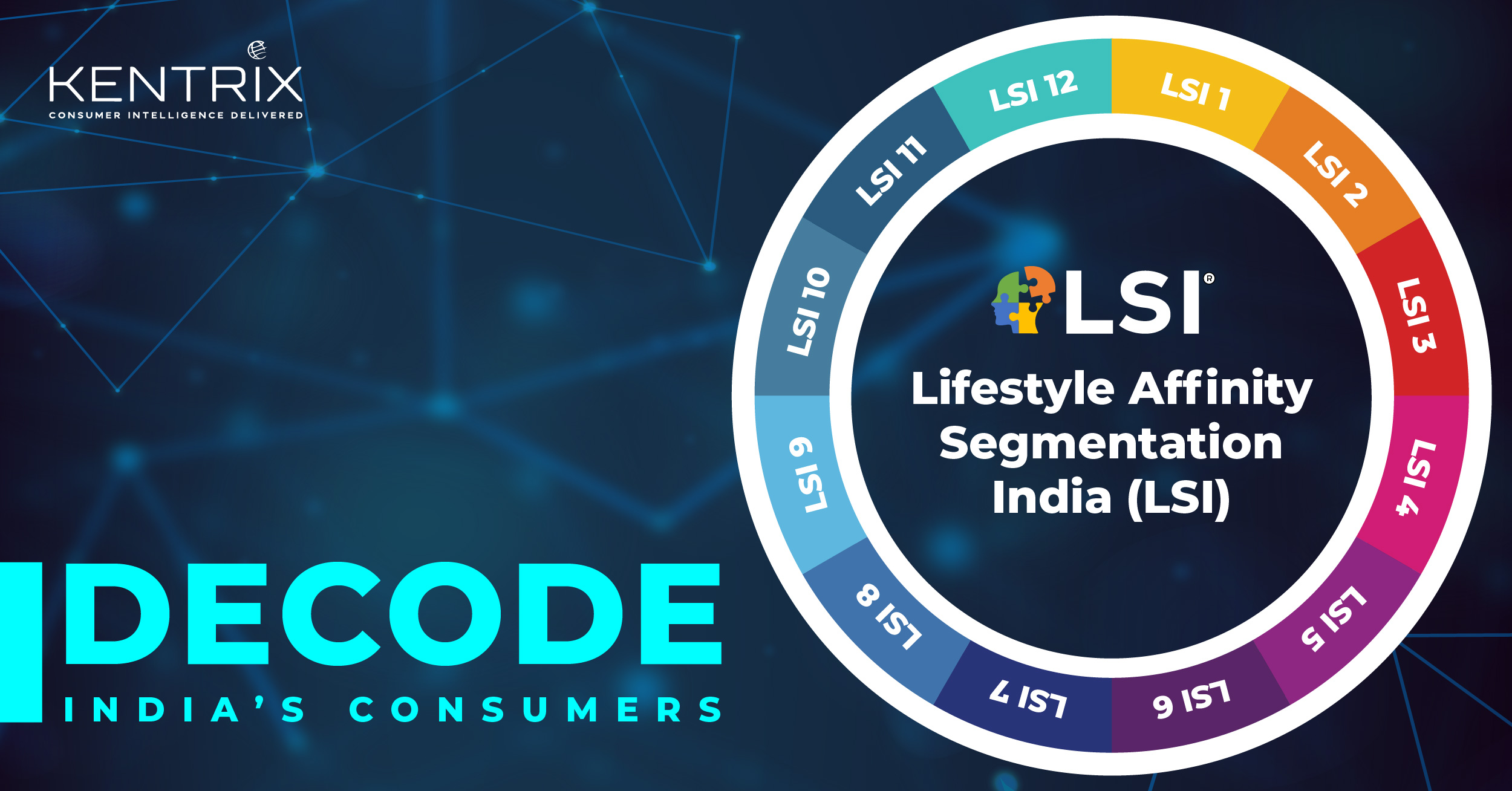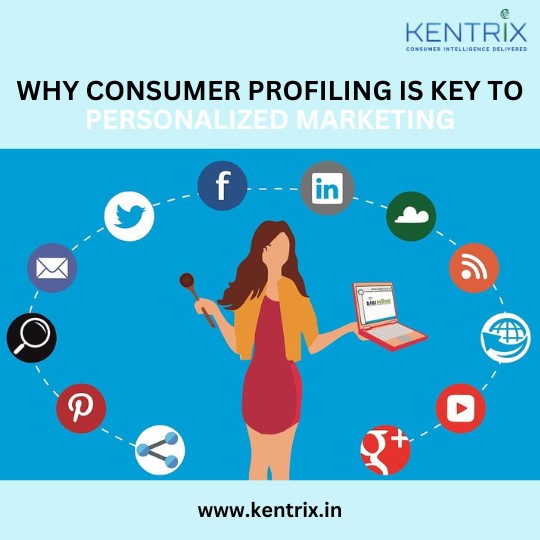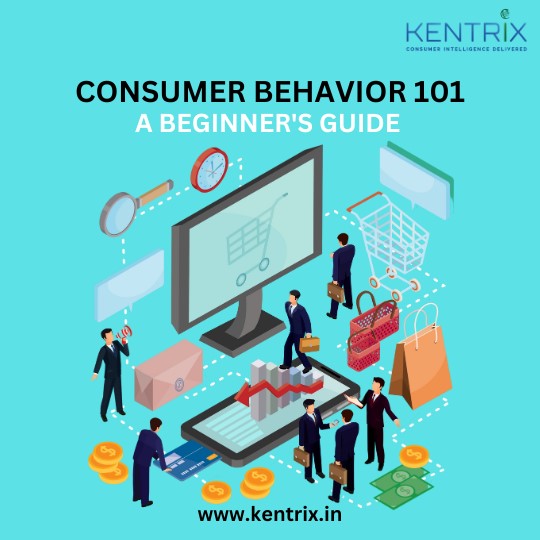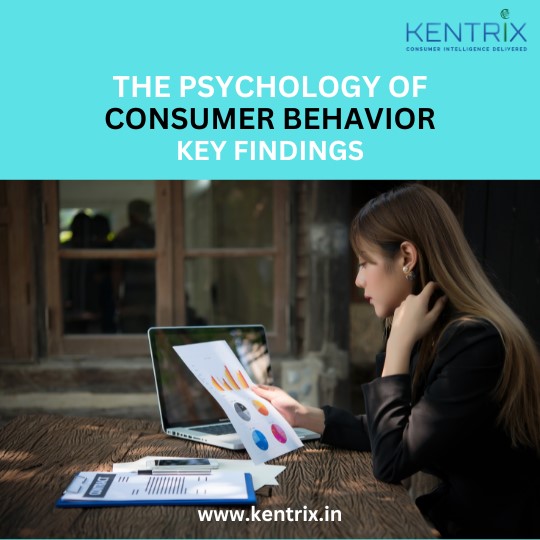
The key to staying ahead is understanding consumer behaviour. The most effective way to understand a diverse consumer landscape of the market is by understanding its lifestyle segmentation.
Lifestyle segmentation in marketing is becoming essential for brands that want to go beyond demographics and truly connect with their audience. Unlike traditional models, psychographic segmentation unveils the deeper motivation behind consumer behavior – their interests, spending patterns, values and habits.
In this article, we will explore how lifestyle segmentation works, and how tools like Kentrix LSI are transforming customer understanding in India.
What Is Lifestyle Segmentation?
Lifestyle segmentation or psychographic segmentation is a marketing strategy that divides a broad target market into smaller, more specific groups based on their shared interests, activities, values, and overall way of life. It goes beyond basic demographics to understand the “why” behind consumer choices, allowing businesses to tailor their products, services, and marketing messages to resonate deeply with these distinct segments.
Psychographic segmentation helps us understand the psychological factors that influence consumer purchasing behavior. This includes attitude towards spending, what products and services people value, and their opinions and perceptions of various brands and products.
For example, it helps us understand why someone might choose a second-hand Mercedes over a brand-new mid-range sedan for the same price, or why some individuals prefer fewer, high-priced clothing items that last longer over many cheaper, trendy items. It also sheds light on investment preferences, such as choosing a less risky Fixed Deposit over higher returns with market risks.
How Does Lifestyle Segmentation Differ from Traditional Market Segmentation?
Traditional market segmentation often provides a one dimensional view of customers. Lifestyle Segmentation (like Kentrix LSI) takes a much more holistic and nuanced approach. Consumer lifestyle affinity or psychographic segmentation decodes the change and continuity in a dynamically progressing society. Here’s how they typically differ:
-
Beyond Demographics (Who They Are vs How They Live)
Traditional demographic segmentation focuses on common data points like age, gender, income, education, and location. While useful for broad targeting, it doesn’t tell you why people exactly buy what they buy.
Lifestyle or psychographic segmentation, however, delves into the “how” and “why” – the motivational layers of purchase affinities. It explores their interests, activities, opinions, values, and overall daily habits, revealing their aspirations and motivations beyond simple categories.
-
Deeper Motivations
While behavioral segmentation looks at what customers do (e.g., their purchasing history), lifestyle segmentation aims to understand the underlying reasons for those behaviors, opinions and perceptions of various brands and products.
It connects their actions to their beliefs, values, and life stages, providing a richer context for their choices. This deeper understanding allows for more empathetic and effective marketing.
-
Comprehensive Customer Picture (Segments vs Personas)
Traditional methods often result in broad segments. Lifestyle segmentation, especially with frameworks like LSI, creates detailed, almost narrative-like customer profiles (personas).
These profiles integrate demographic, psychographic, and behavioral data to paint a vivid picture of a “typical” customer within that lifestyle group, making them easier for marketing teams to visualize and target
How Kentrix Defines Lifestyle Affinity?
Through the application of socio-demographic and socio-economic data at both the micro-market and household level, Kentrix has profiled and segmented Indian consumers based on their lifestyle affinity, encompassing consumer orientations, aspirations, income levels, and additional purchase propensities.
We leverage data from over 80 diverse collection touchpoints, including anonymized transaction data, household surveys, and qualitative market research, to cluster consumers accurately. Our AI-driven models employ Cluster and Factor Analysis (using SPSS/Cognos) to build proprietary algorithms that classify Indian individuals into 12 distinct lifestyle classes, rooted in their brand and product preferences.
Currently, over 40 nuanced combinations of these 12 lifestyle segments and 10 income brackets exist. This matrix reveals subtle yet critical differences in behavior such as the contrast between a merchant and a young professional with the same income, enabling highly tailored marketing strategies.
Conventional factors like age, education, family status, or income alone are not sufficient to define an individual’s lifestyle. A person’s outlook, aspirations, and vision for life are also important in shaping their consumption behavior.
Importantly, no heuristic assumptions or pre-defined segmentation templates are used. Every segment is data-derived, statistically validated, and grounded in real-world behavioral insight.
LSI Levels By Kentrix
Kentrix’s LSI (Lifestyle Segmentation India) an exclusive, proprietary consumer profiling solution, which covers a vast 91.5 cr Indians provides unparalleled insights into household-level income and expenditure patterns, right down to individual residential buildings. Kentrix has designed this platform to be accessible, powerful, and insightful, enabling marketers to harness the power of lifestyle segmentation effectively.
-
LSI 1 – Established Elite
This segment is characterized by immense inherited wealth and long-standing social influence. They embody conservative luxury, prioritizing legacy brands, exclusive experiences, and often have significant investments in traditional assets.
-
LSI 2 – Elite New Wealth
Comprising individuals who have recently achieved significant affluence, often through entrepreneurship or high-flying careers. They are ambitious, globally-minded, and enjoy conspicuous consumption, investing in premium products and services that reflect their newfound success.
-
LSI 3 – Aspiring Middle Class
This group consists of young families and individuals who are actively striving for a better quality of life. They are open to new brands, value education, and are often early adopters of technology that promises convenience or advancement.
-
LSI 4 – Conservative Middle Class
These are stable, well-settled middle-income households who prioritize security, savings, and traditional values. Their purchasing decisions are often driven by practicality and a focus on essential household needs and family well-being.
-
LSI 5 – Successful Runner Ups
This segment comprises individuals who are financially comfortable and professionally successful, yet perhaps not reaching the very top tier of wealth. They enjoy a good standard of living, invest wisely, and seek quality and reliability in their purchases.
-
LSI 6 – Upcoming Climbers
Characterized by young, ambitious individuals in semi-urban or smaller urban centers who are just beginning their journey towards economic betterment. They are eager to consume, influenced by mass media, and aspire to a modern lifestyle.
-
LSI 7 – Struggling Climbers
This group represents individuals and families who are making efforts to improve their socio-economic status but face significant challenges. They are highly price-sensitive, focus on basic necessities, and make careful spending decisions.
-
LSI 8 – Trailers
Often found in smaller towns, this segment consists of those who are lagging in economic progress. They have limited exposure to modern goods and services, and their consumption is typically driven by basic needs and local availability.
-
LSI 9 – Dependants
This category includes individuals who are largely reliant on others for their economic survival, often the elderly or those with very limited independent income. Their spending is minimal and usually directed towards immediate survival or health needs.
-
LSI 10 – Down the Road
This segment represents a marginalized population, often facing instability in income and housing. Their consumption patterns are highly unpredictable, focused on daily survival, and heavily influenced by immediate circumstances.
-
LSI 11 – Daily Survivors
These are individuals and families focused on earning just enough for their daily sustenance. Their purchasing decisions are purely about fulfilling immediate, basic necessities.
-
LSI 12 – Under the Bridge
This represents the most deprived segment of the population, often living in extreme poverty with very little or no stable income or housing.
Understanding these detailed LSI levels allows businesses to move beyond generic assumptions and connect with their audience on a truly meaningful level, leading to more effective marketing and stronger customer relationships.
Benefits of Lifestyle Segmentation in Marketing
Lifestyle segmentation offers a powerful way for businesses to truly understand and connect with their customers. By grouping people based on what they value, their interests, and how they live, companies can unlock many advantages:
-
Deeper Customer Understanding
This goes way beyond just knowing someone’s age or where they live. Lifestyle segmentation helps you dig into what really makes people tick – their interests, their spending patterns, their lifestyle preferences and much more. It allows businesses to genuinely understand their customers on a much more personal level.
-
Highly Targeted Marketing and Communication
Imagine sending an advertisement for hiking gear to someone who absolutely loves the outdoors; they’re much more likely to pay attention than someone who prefers quiet evenings at home. With lifestyle segmentation, you can create marketing messages that truly speak to specific groups, and you’ll know exactly where to share them – whether it’s on a particular social media platform, a niche blog, or even a specific magazine. This means less money wasted on ads that won’t grab anyone’s attention.
-
Improved Product/Service Development
When you understand what a certain lifestyle group really cares about, you can design products or services they’ll absolutely love. For example, one group might prioritize eco-friendly options, while another might seek high-performance gadgets. This insight helps businesses create offerings that fit perfectly into people’s lives and even discover new needs that haven’t been met yet.
-
Enhanced Customer Experience
Think about how much better the customer experience can be when you know your audience. If a particular segment prefers quick, digital interactions, you can ensure your support channels reflect that. You can tailor how you communicate and the entire journey they have with your brand, making it smoother and more satisfying. This builds stronger loyalty because customers feel truly understood and valued.
-
Optimized Pricing Strategies
Different lifestyle groups often have different ideas about value and what they’re willing to pay. Some might be happy to pay more for premium quality or unique experiences, while others are always looking for the best deal. Lifestyle segmentation helps businesses set prices that feel fair and attractive to each specific group, ensuring everyone feels they’re getting a good deal for what they value.
-
More Effective Sales Strategies
This gives your sales team a secret weapon. They’ll know exactly what motivates potential customers, allowing them to tailor their pitches and address specific questions or concerns effectively. It’s like having a detailed guide for every sales conversation, which often leads to more successful outcomes and happier customers.
-
Stronger Brand Positioning
When your brand clearly appeals to a specific lifestyle, it creates a powerful and memorable identity.
-
Efficient Resource Allocation
Instead of guessing where to spend your marketing and development budget, you can direct your resources to the areas with the highest potential return. This means less money wasted on initiatives that don’t align with your target lifestyles, leading to more effective campaigns and better overall business results.
-
Better Retention and Loyalty
By consistently meeting the evolving needs and preferences of specific lifestyle segments, businesses can build long-lasting relationships with their customers. When customers feel understood and valued, they are much more likely to stick around, reducing customer churn and increasing their lifetime value to your business.
When to Use Kentrix LSI?
Kentrix LSI (Lifestyle Segmentation Insights) data is a powerful solution that offers a deep dive into consumer behaviors and preferences. Once you’ve gathered this rich information, here’s how you can put it to practical use for various business objectives:
-
Entering New Markets
When looking to expand, Kentrix LSI data can pinpoint regions or demographics where your product or service aligns perfectly with existing lifestyles. It helps identify underserved segments or areas with a high concentration of individuals whose values and habits match your offerings. This strategic insight reduces the risk of market entry by focusing efforts on fertile ground.
-
Launching a New Product
For a new product rollout, LSI data is invaluable for identifying the specific lifestyle groups most likely to be early adopters or strong advocates. You can tailor your product’s features, branding, and messaging to resonate deeply with these segments, ensuring a more successful and impactful launch. It helps fine-tune your value proposition.
-
Optimizing Delivery Time (for Quick Commerce)
In quick commerce, understanding customer lifestyles can optimize logistics. LSI data helps identify segments that prioritize speed and convenience versus those who might accept slightly longer delivery for specific product ranges. This allows businesses to strategically place inventory, optimize delivery routes, and staff according to peak demand periods of high-priority segments.
-
Improving Customer Engagement
Kentrix LSI data allows for highly personalized communication. By understanding the hobbies, values, and preferred media channels of different lifestyle segments, you can craft engaging content, offers, and interactions that truly resonate. This leads to higher open rates, click-through rates, and ultimately, stronger, more loyal customer relationships.
-
Personalizing Marketing Campaigns
Beyond general engagement, LSI data empowers hyper-targeted marketing. You can create distinct campaign themes, visuals, and calls to action for each lifestyle segment. This ensures your marketing spend is highly efficient, as messages are delivered to the right people, at the right time, through their preferred channels, maximizing ROI.
-
Enhancing Customer Service
Understanding customer lifestyles can transform customer service. For instance, a “tech-savvy” segment might prefer chat-bots, while a “comfort-seeking” segment might prefer phone support. LSI data helps tailor support channels, communication styles, and even problem-solving approaches to align with each segment’s expectations, leading to higher satisfaction.
-
Identifying Upselling and Cross-selling Opportunities
Kentrix LSI data reveals interests and purchase patterns within different lifestyle groups. If a segment values fitness, you can strategically upsell premium workout gear or cross-sell nutrition plans. This insight allows businesses to suggest highly relevant products or services that genuinely add value to the customer’s lifestyle, boosting revenue.
Conclusion
Lifestyle segmentation gives businesses the power to understand consumers as real people, not just data points.
Whether you’re launching a product, entering a new market, or refining your brand strategy, lifestyle segmentation ensures your efforts are aligned with the values and priorities of your audience, leading to stronger loyalty, better ROI, and sustainable growth.
FAQs
How does Kentrix LSI help with lifestyle segmentation?
Kentrix LSI offers India-specific lifestyle segments based on detailed household-level data. It enables precise targeting across 91.5 crore Indians, down to building-level granularity.
Which industries benefit the most from lifestyle segmentation?
Retail, FMCG, banking, travel, real estate, and healthcare often benefit most. Any industry with diverse consumer behavior can use lifestyle segmentation effectively.
What role does lifestyle segmentation play in personalization?
Using LSI levels, brands can personalise their messaging, content and offers to match customers’ value and routine. This boosts relevance and improves customer experience across touchpoints.








